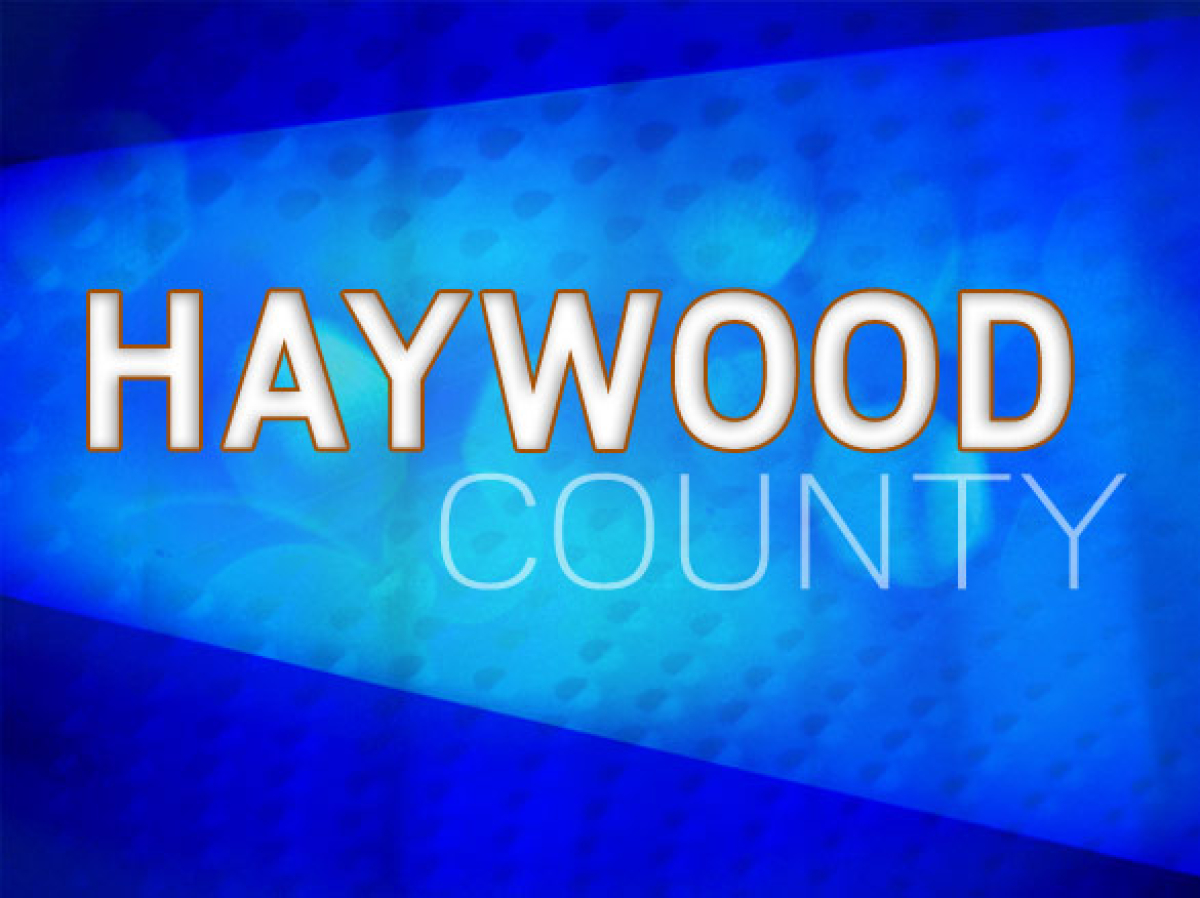Amid changing times, Haywood budget seeks solid ground
 A number of issues, including inflation, employee compensation and the need for school resource officers, are driving this year's budget.
SMN photo
A number of issues, including inflation, employee compensation and the need for school resource officers, are driving this year's budget.
SMN photo
Strong growth across multiple revenue streams will help Haywood County government balance increasing costs for staffing, schools and vehicles in its proposed 2023-24 budget; however, commissioners will also weigh a 1.5-cent property tax increase that just might help prevent yet another national tragedy right here at home.
County Manager Bryant Morehead’s budget presentation, delivered to commissioners on May 15, projects almost 3% growth in property tax revenue while maintaining the current tax rate of 53.5 cents per $100 in assessed value — without the proposed 1.5 cent increase, which would fund eight new school resource officers.
Morehead’s projection for sales tax revenue is also up from last year, from $21.9 million to $24 million, a 9.6% increase. If that holds true, the increase would mark the continuation of a regional trend that began during the Coronavirus Pandemic and shows little sign of slowing.
There’s also a whopping 288% projected increase in investment earnings, from $260,000 in fiscal year 2023 to $1 million for 2024, which is the result of rising interest rates across the board.
“Everyone knows that interest rates are up,” Morehead said. “That’s bad when you’re borrowing money but because we invested our idle cash, we have an increase of $750,000 next year.”
Not all revenue streams show such growth. Beer and wine tax revenues remain flat, with small increases noted for permits and fees as well as sales and services.
Related Items
The major expenditures driving the budget this year, other than the proposed SROs, a ren’t much different than in years past.
A 2% merit pay increase and a 4% cost of living adjustment for county workers are both seen as essential components of employee compensation packages meant to induce the county’s workforce to stick around rather than jump to what are often more lucrative opportunities in the private sector.
The county will also include $175,000 in Christmas bonuses and will continue to fund longevity increases and a 3% match on employee 401(k) plans.
That, along with required increases to Local Government Employee Retirement System contributions for general employees and for law enforcement officers, could be helpful from a retention standpoint.
But employee health care costs continue to climb. For retired workers, a 5.7% increase is projected, from $1.17 million to $1.24 million, for a total of nearly $820,000. Last year, active employee coverage cost $10.4 million, but this year, a 7.2% increase to $11.2 million is anticipated.
Ten years ago, that cost was just over $4 million, marking explosive growth in premiums charged by insurers.
“Our health plan continues to perform better than the national average,” Morehead said, “but it’s still gone up $1,000 per employee per year, to $19,500.”
Per Morehead’s presentation, 28 new positions were requested by department heads, including the eight SROs. The Haywood County Sheriff’s Office also asked for four new patrol deputies and another detention officer. Emergency management asked for 12 new positions, Health and Human Services five, the tax assessor three, facilities two and the library one.
The proposed budget recommends only the eight SROs be hired.
Morehead also projects a $1.5 million increase in operating costs, with a $591,000 increase for Haywood County Schools, $112,000 for Haywood Community College, $334,000 for foster care, $100,000 in medical supplies, $54,000 in utilities and $42,000 in juvenile detention fees.
Recovery court, championed by advocates as a positive step in fighting the scourge of drug abuse, will be funded at $230,000, althoug h that’s completely offset by a state grant.
The cost of vehicles and equipment will go down next year, even though the county plans to buy more vehicles. Last year, the county spent $2.2 million on 23 vehicles, including $1.3 million on ambulances. This year, 28 new vehicles are expected at a cost of $1.8 million, including 13 patrol cars for the sheriff’s office, and another eight for the proposed SROs.
Currently, the county’s non-education debt runs about $1.7 million a year, but that’s expected to drop to well under $1 million within the next five years — not taking into consideration borrowing for the proposed jail expansion.
Haywood County Schools has similar levels of debt, at $2 million this year, but that drops to zero by 2028, not including any potential borrowing for a proposed consolidation of auxiliary services at a new facility.
Haywood Community College’s debt is also on the same path, near $1.6 million this year, but less than $400,000 by 2027.
All told, if the budget is adopted as presented — including the SROs — the county will top $100 million in expenditures, a 3.3% increase over last year.
Looking forward, the county still has to consider whatever debt it may accrue for the jail project, which like all construction projects has seen astronomical increases in cost over the last year or two alone. Then, there’s the cost to staff it in perpetuity.
Employee pay increases will continue to cost about $400,000 for every 1% pay increase, not including anticipated health care cost increases.
There’s also a long-debated library renovation project, estimated at $8 to $10 million.
State law requires local government units to adopt an annual budget prior to July 1 each year. The mandatory public hearing on the budget is scheduled for Tuesday, May 30, at 5:30 p.m. If major changes to the proposed budget don’t occur, commissioners might vote to adopt the budget at their regular meeting on June 5.













